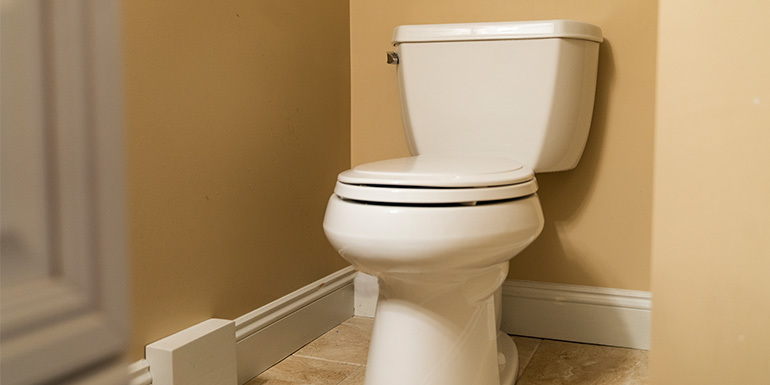
May 19/2022
How to Install a Toilet Seat
As a homeowner, knowing how to install a toilet seat is a vital skill, especially if you are fond of carrying out DIY projects. At the same time, a toilet seat can go for a long time without any sign of damage; once it starts to feel like you are sliding in the toilet, you need to hire an expert plumber. At Mr. Rooter Plumbing, we have an experienced and well-equipped team ready to help you address any toilet-related issue before it becomes too pronounced. Whether it's a cracked or stained toilet seat or too much wiggle room on the sides, a plumber can ensure that your toilet seat is in tip-top condition and free from signs of wear and tear.
Installing a toilet seat is not a daunting, time-consuming task. However, there are several supplies and tools you need to have on hand and several other practices to ensure the job is done perfectly. If you prefer a hands-off approach, Mr. Rooter Plumbing can handle everything with the utmost professionalism.
Learn How to Install a Toilet Seat
Before you can start taking out the damaged toilet seat, it is crucial to ensure the area you are handling is clean. We recommend using your preferred antibacterial bathroom cleaner to sanitize the toilet seat, toilet bowl, and the surrounding hinges to avoid contact with viruses or bacteria. Once you are done cleaning the area you'll be working on, gather your supplies and tools. You will require a tape measure, toilet seat kit, adjustable wrench or pliers, flathead screwdriver, and lubricating oil.
Most toilet seats are connected to the toilet bowl with bolt caps, which can be removed by prying them with a flathead screwdriver. This is done by gently slipping it under the edge of the cap and pulling the screwdriver's handle upwards to pop it off. If your toilet seat doesn't have bolt caps, skip step one and loosen the nuts using an adjustable wrench. The nuts are located under the toilet bowl's edge and can easily be removed by turning the wrench counterclockwise.
If the bolts are not coming out, they may be rusty or affected by grime. Lubricating oil or spray should be applied and left to sit for a few minutes before trying to remove the nuts again. You can use the adjustable wrench to hold the nuts in place while turning the bolts with the screwdriver. Once this process is done, remove the toilet seat and old hinges to create room for the new toilet seat and its components.
Place the bolts of the new hinges into the appropriate holes with the head of the bolt pointing up. If the toilet seat kit came with washers rather than bolts, place them on the thread first before the nut. Thread the nuts tightly into each hole using your hand, and then finish off with the adjustable wrench.
Professional Toilet Seat Installation
We understand that not every homeowner can handle toilet seat installation and repairs, and that's why our plumber is happy to do all the heavy lifting. Contact us today at Mr. Rooter Plumbing, and schedule an appointment with the toilet repair experts.




